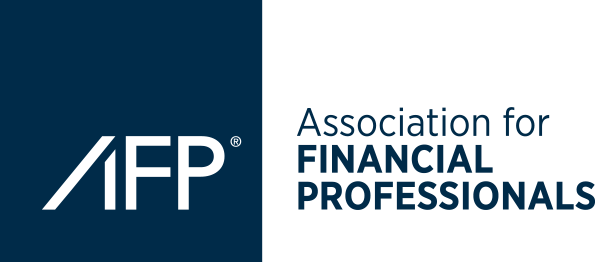Articles
Achieving Enhanced Efficiency Gains Through Virtual Account Management
- By AFP Staff
- Published: 5/30/2025

The initial adoption of virtual accounts typically leads to major efficiency gains, as multiple physical bank accounts are rationalized into a single virtual account management (VAM) network. Treasury professionals benefit from a more streamlined use of cash, improved visibility and control that a single legal account structure provides, and the operational benefits from centralizing potentially inefficient account management practices.
Once these new practices are embedded, how can treasury leverage the investment in virtual accounts to achieve enhanced efficiency gains?
Identify objectives
The best projects define a clear set of objectives. Enhancing an existing VAM solution is no different.
Liquidity
Consider how to leverage virtual accounts to improve use of liquidity. This could mean bringing more entities into the existing structure, or setting up virtual account networks for different currencies.
Companies operating in multiple currencies may be able to achieve significant efficiency improvements by linking a series of virtual account networks, each denominated in a separate currency, via a multicurrency notional cash pool.
Being able to manage cross-currency intercompany transactions across virtual accounts means the company will not leak any margin to external banks, with the same benefits for working capital and the company balance sheet.
Financial risk
Companies operating in multiple currencies need to manage foreign exchange (FX) risk on their own intercompany transactions, in addition to the aggregated balances.
There is a financial risk management benefit from internalizing such transactions. Just as the VAM technology applies preset rules to interest on single currency balances, it can also apply preset rules (e.g., a set margin on all spot intercompany FX transactions) to cross-currency intercompany transactions.
Moreover, being able to settle cross-border transactions cashlessly and same-day eliminates the uncertainty associated with the lag between recording an FX transaction and realizing it.
Operational risk
Extending a virtual account structure to incorporate multiple currencies, such as via a netting solution, offers additional potential efficiencies, including the ability to (1) manage regulatory and tax compliance on cross-border intercompany flows, and (2) integrate treasury operations on a cross-border basis to help standardize internal processes across multiple jurisdictions.
Is virtual netting a next step?
Combining a traditional netting solution with virtual accounts is one way companies can extend their use of an existing virtual account solution. Virtual netting is the ability to settle cross-border intercompany transactions cashlessly across virtual accounts.
The use of virtual accounts means there is no need for a traditional biweekly or monthly netting cycle, and the corresponding settlement payments. Instead, intercompany transactions are settled individually or gross using, for example, group treasury’s internal FX rates, or market index rates. This means cross-currency transactions can be settled in real time, releasing group liquidity from a physical netting cycle to support working capital.
From a financial risk perspective, same-day settlement of intercompany payables using group treasury’s FX rates means there is no time lag between recording and realizing the transaction and, consequently, neither entity has an FX exposure to manage.
Operationally, each transaction’s reporting and settlement stands alone, making it easier for all parties to identify and address any discrepancies that may occur.
Keep in mind that some jurisdictions restrict netting, so it may not be possible to include all entities in a netting structure, whether virtual or otherwise, depending on where the entities are located.
Want to learn more about this topic? Download the AFP Executive Guide: Virtual Account Management 2.0, underwritten by J.P. Morgan.
Copyright © 2025 Association for Financial Professionals, Inc.
All rights reserved.

